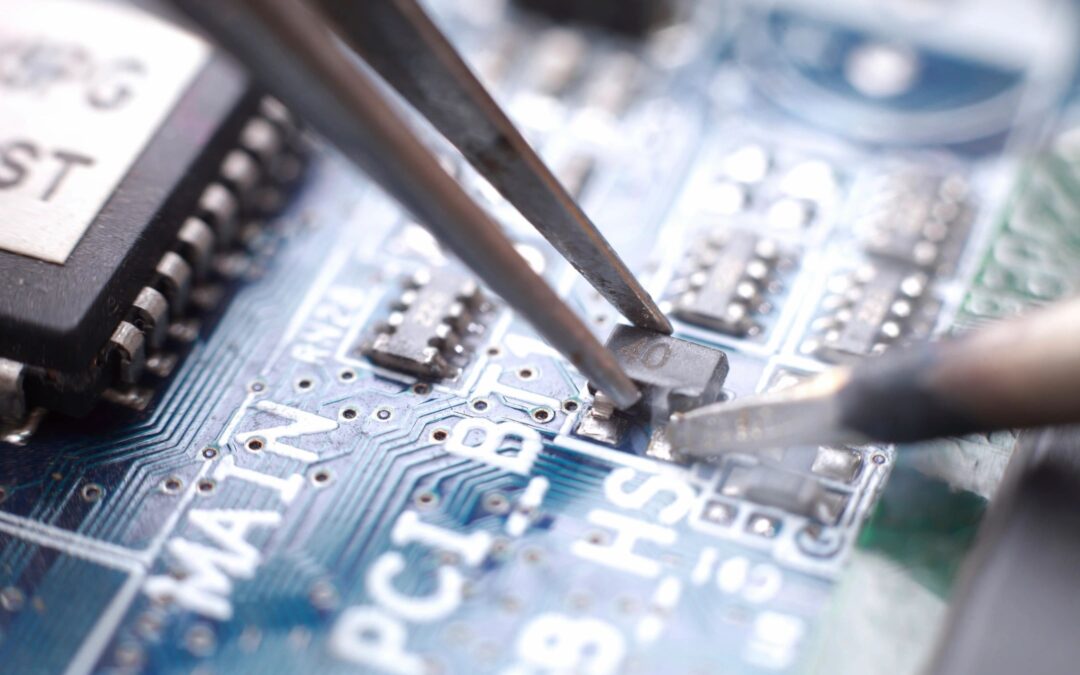By Ibrahim Ijaz,* Evan Jones, and Matt Johnson –
On July 6, 2022, a panel of three Patent Trial and Appeal Board (“PTAB”) administrative patent judges granted institution of inter partes review (“IPR”) in STMicroelectronics, Inc. v. Trustees of Purdue University. See IPR2022-00309. In doing so, the PTAB considered whether, under 35 U.S.C. § 325(d), the examiner errored in a manner material to the patentability of the challenged claims, applying the two-part framework prescribed in Advanced Bionics. See IPR2022-00309, Paper 14 (citing Advanced Bionics, LLC v. MED-EL Elektromedizinische Geräte GmbH IPR2019-01469, Paper 6 at 8 (PTAB Feb. 13, 2020)).
The Trustees of Purdue University’s (“Purdue’s”) patent, U.S. Patent No. 8,035,112 (“the ’112 patent”), is related to double-diffused metal oxide semiconductor field effect transistors, or DMOSFETs. DMOSFETs are variable resistors controlled by voltage consisting of a gate, source, and drain. When voltage is applied between the gate and source, current is allowed to flow between the drain and the source. The ’112 patent is directed to self-aligned source contacts for DMOSFETs, which reduce the source contact resistance without increasing the area of the device.
As the patent owner, Purdue argued that the PTAB should decline institution under § 325(d) because the primary reference for both grounds in the Petition — U.S. Patent No. 6,238,980 (the “Ueno” reference) —was previously presented during the original prosecution and considered as evidenced by the examiner’s signature on the Information Disclosure Statement and initials on the reference. IPR2022-00309, Paper 10 at 12–13. Petitioner STMicroelectronics (“STM”) acknowledged that Ueno was of record in the ’112 patent’s prosecution history, but responded that the examiner did not describe or address Ueno, nor did the examiner apply Ueno substantively in rejecting the claims. IPR2022-00309, Paper 2 at 25. Purdue rebutted that STM “simply urges the Board to reach a different conclusion on the same facts,” and that the Petition failed to identify any material error by the Patent Office. Paper 10 at 13, 16.
In deciding whether to institute the IPR, the PTAB used the Advanced Bionics two-part framework. Under this test, the first prong is “whether the same or substantially the same art previously was presented to the Office or whether the same or substantially the same arguments previously were presented to the Office.” Paper 14 at 11. The second prong is “if either condition of first part of the framework is satisfied, whether the petitioner has demonstrated that the Office erred in a manner material to the patentability of challenged claims.” Id.
In regard to the first prong, the PTAB observed that “Ueno was previously presented to the Office during prosecution of the ’112 patent.” Id. at 12. The PTAB further noted that STM itself acknowledged that Ueno was of record in the ’112 patent. Id.; see Paper 2 at 25.
Under the second prong, the PTAB agreed with STM, explaining that “the Petition establishes that the Office erred in a manner material to the patentability of the challenged claims.” Paper 14 at 13. In doing so, the PTAB was persuaded by STM’s showing that “Ueno discloses the subject matter that the examiner found missing in the art applied during prosecution.”
In conclusion, the PTAB instituted IPR, given the two-part Advanced Bionics framework weighed in STM’s favor.
* Ibrahim was a summer associate in Jones Day’s Boston Office.

